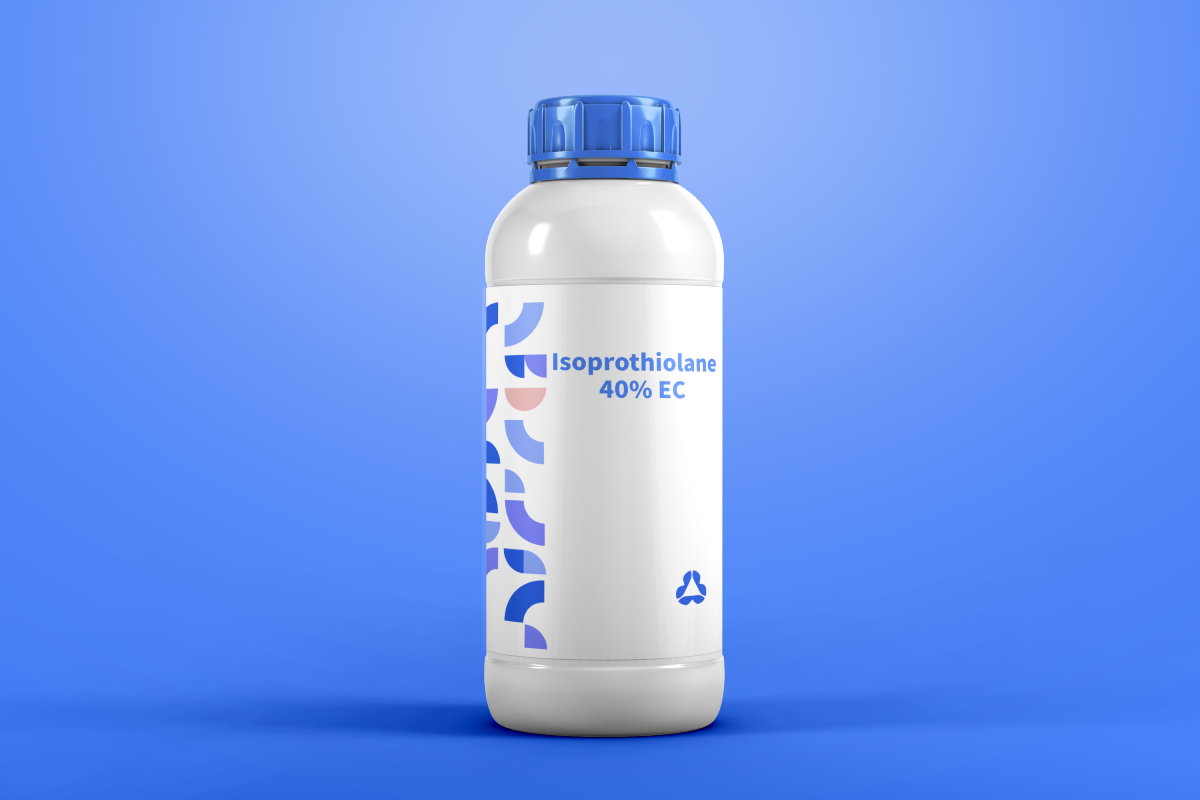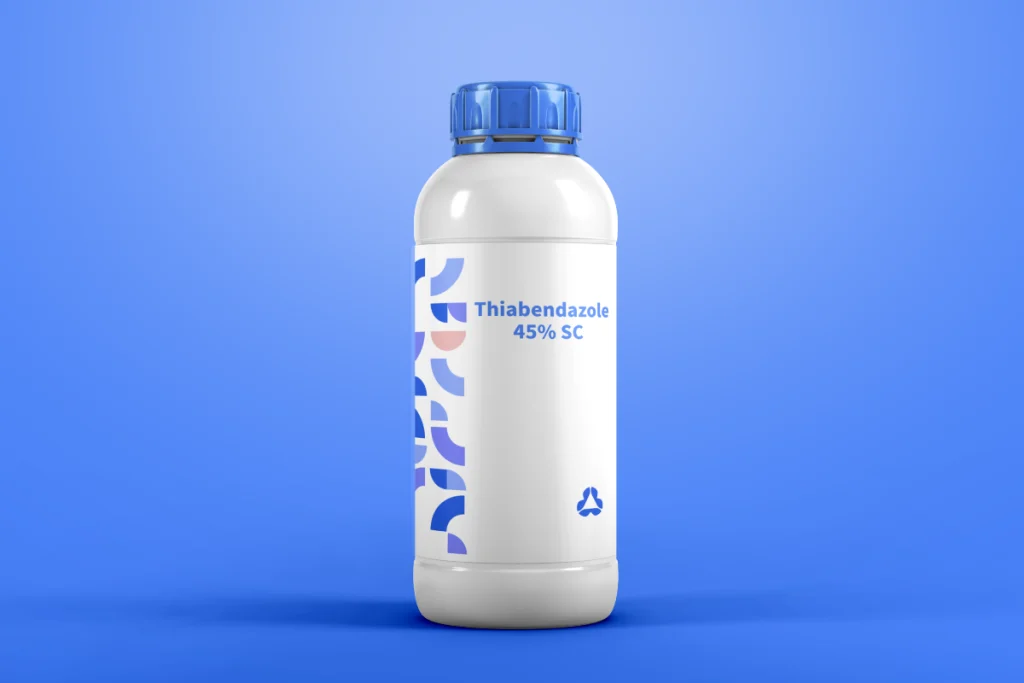Isoprothiolane 40% EC (Emulsifiable Concentrate) is a highly effective systemic fungicide formulated with 400 grams of active ingredient per liter. Belonging to the thiolcarbamate class, it is specifically designed to control rice blast (Pyricularia oryzae), one of the most destructive fungal diseases in rice cultivation. The EC formulation offers excellent solubility in organic solvents, forming a stable emulsion when diluted with water, which ensures uniform coverage and absorption by plants.

Cymoxanil 80% WDG | Systemic Crop Protection Solutions
Cymoxanil is a powerful systemic fungicide renowned for its rapid absorption and dual-action efficacy—offering both protective and curative control against a wide range of fungal



